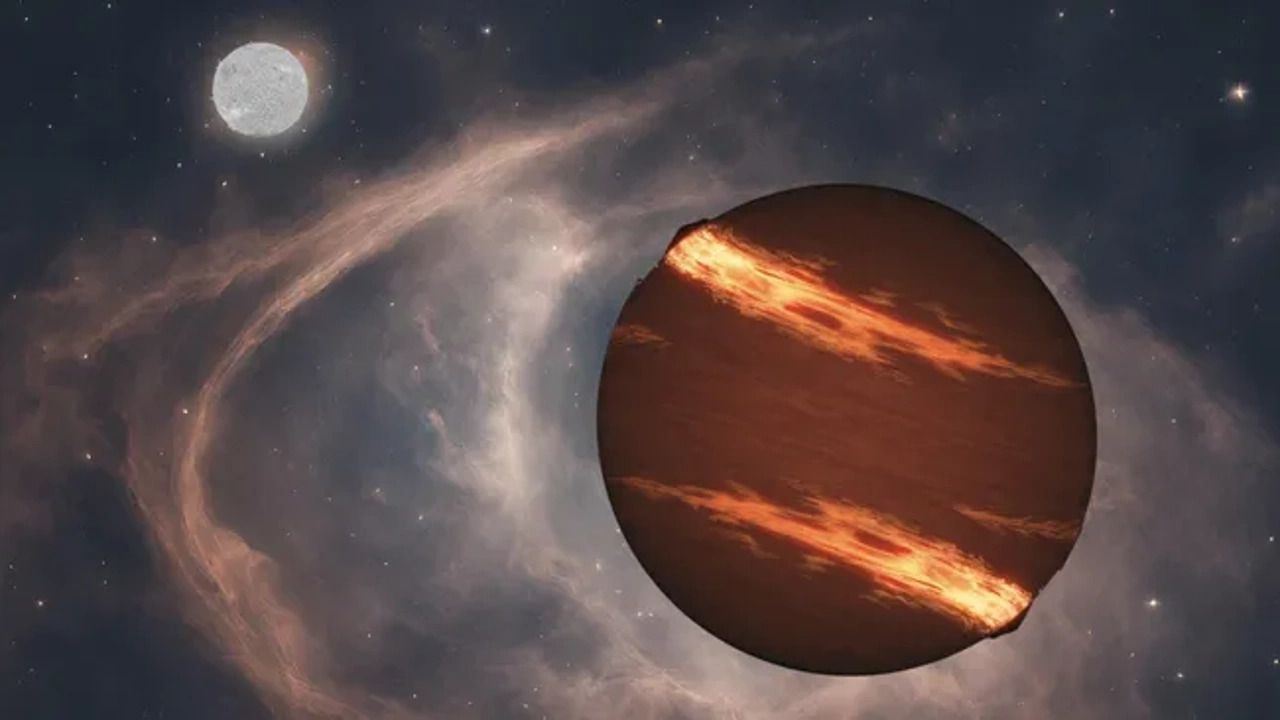
The James Webb Space Telescope (JWST) has made a unique discovery by capturing two exoplanets orbiting white dwarfs, which are the last stage of a star’s existence. The discovered exoplanets resemble the gas giants Jupiter and Saturn in their characteristics and allow us to speculate on what the solar system might look like after the Sun’s death.
The exoplanets were observed with the JWST Mid-Infrared Survey Instrument and are located at a considerable distance from their white dwarf counterparts. The masses of the planets are estimated from 1 to 7 Jupiter masses.
This discovery not only suggests the future of the solar system when the Sun becomes a white dwarf, but also shows the possibility of the survival of planets like Jupiter and Saturn after the death of their stars. The discovery also indicates the prevalence of large planets around white dwarfs, which may indicate the fate of asteroids in the solar system after its disappearance.
This is a rare direct detection of exoplanets, which opens up new opportunities for studying their atmospheres, masses and temperatures. The discovery may also affect astronomers’ understanding of exoplanets and their atmospheres in general.
The team’s research is available as a preprint on the arXiv website.

